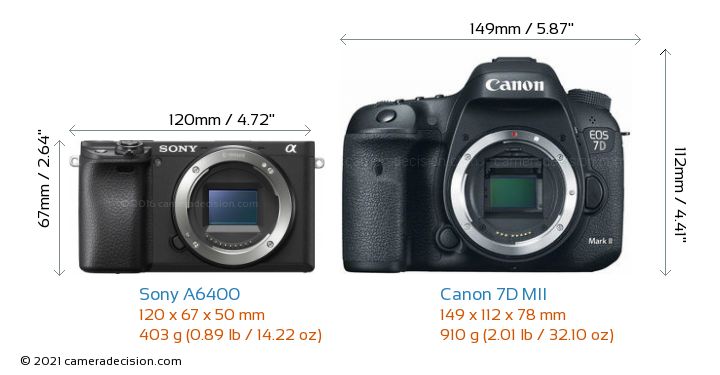Agreed on all accounts. The only thing I'd add is that the portability of M series to me is mostly because of the lenses. A tiny full frame RF body will never match the portability of an EF-M system. RF 50 and 35 f1.8 are small but will never be as small as EF-M. Canon might have limited themselves in lens design by standing fast by their rule to not exceed a certain diameter, but it sure does keep the system tiny. Shrinking the bodies without getting smaller lenses actually doesn't make sense to me either. That just makes for a more unbalanced, less ergonomic camera.
I also agree that those f11 lenses was Canon's way of appeasing the birders. They may not like it, but I think it's a more economical solution than developing an APS-C Pro body that only has a niche market.
The price aspect is interesting because there are varying factors. On one end, I feel like they do need to eventually come out with a $500 camera body. Whether that's APS-C or Full frame, I don't know. It's just something baked into the psyche of a first time buyer who wants to get a "nice" camera and in their mind, a budget of $500 almost always is the magic number. I just suspect that the cost difference between full frame and crop is growing more negligible, and the streamlining of the lens system makes more business sense. The other end of the discussion is the improvement of Phone cameras shrinking the market. If they are targeting first time buyers and beginners, they have to offer some way of being superior. That is becoming increasingly harder as AI is automatically applying filters, balancing HDR scenes, compensating in lowlight, all instantaneously, and some have multiple lenses (wide, standard, telephoto) built in.
Lastly, I think having a transitional lens system ala EF-S is not as important as some make it out to be. Canon, would rather you just buy more lenses if you decide to upgrade anyway. Actually thinking about it, it's actually backward. Why would you buy a crop lens with the intent of going to fullframe if it wouldn't even be compatible on the mount? Okay maybe RF would be different since you can put the body in crop mode, but that makes my previous point of unnecessarily complicating the lens lineup. This is why I agree with you that it's easier to just have one full frame system, and make different lenses for different applications and budgets.

